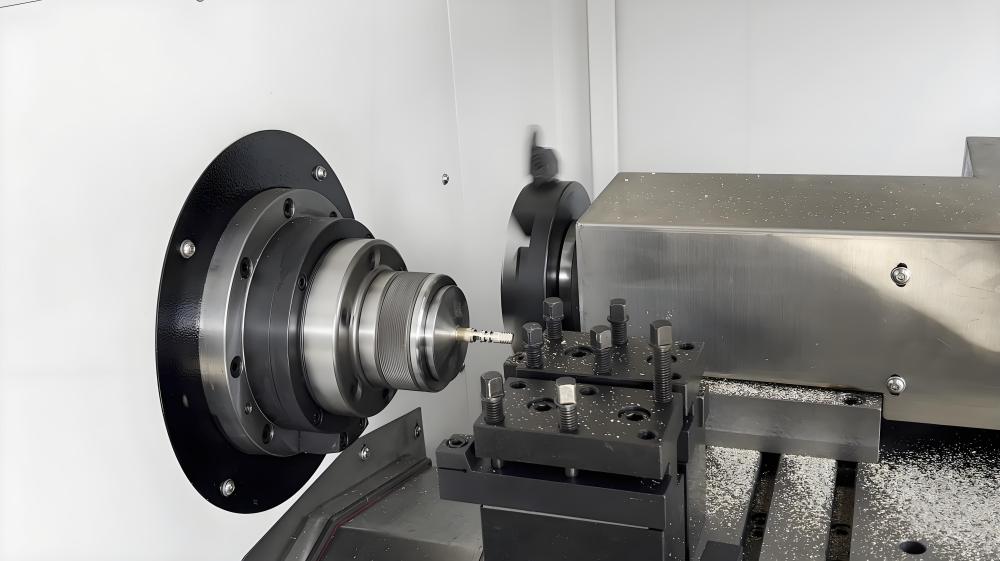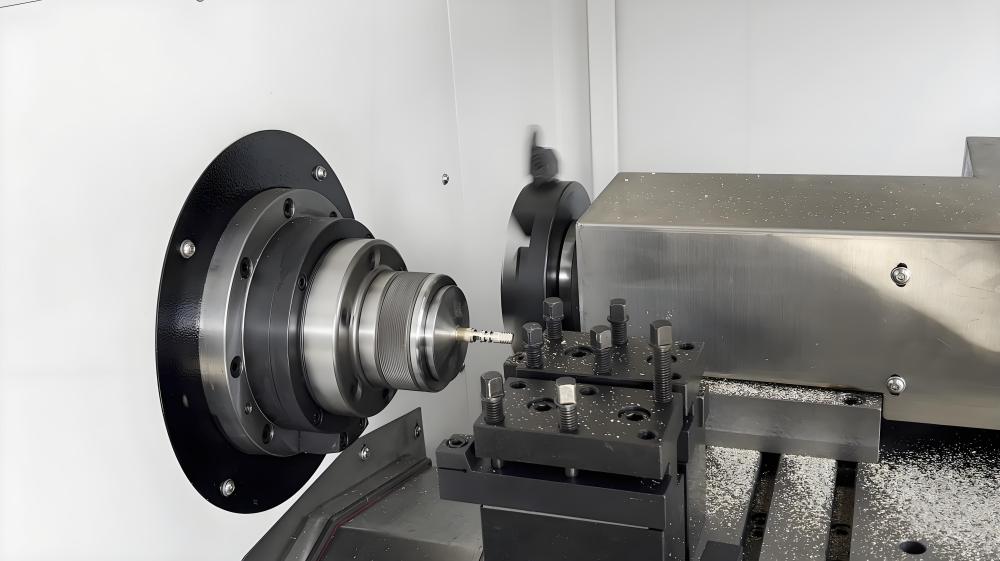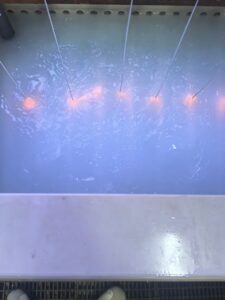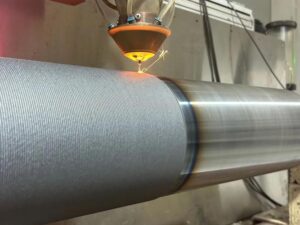CNC machines, or Computer Numerical Control machines, are the cornerstone of modern manufacturing, delivering unmatched precision and efficiency in crafting intricate parts. These advanced systems rely on a blend of mechanical, electrical, and software elements to shape raw materials into high-quality products. For anyone curious about machining or looking to enhance their knowledge, understanding the core components of a CNC machine is a great starting point. This guide breaks down the 13 essential parts of a CNC machine, offering clear insights into their functions in a friendly, approachable tone.
Why Knowing CNC Machine Components Matters?

Understanding the components of a CNC machine is valuable for manufacturers, engineers, and hobbyists alike. It empowers users to optimize machine performance, choose the right tools, and troubleshoot issues effectively. By grasping how each part contributes, operators can reduce downtime, enhance part quality, and make informed decisions about equipment upgrades.
Tips for Maintaining CNC Machines
Regular maintenance keeps CNC machines in top shape. Operators should check the spindle and cutting tools for wear, clean the worktable and chip conveyor, and ensure the coolant system is functioning. Lubricating the drive system and monitoring the power supply can prevent unexpected breakdowns, extending the machine’s lifespan and ensuring reliable performance.
Selecting the Right CNC Machine
Choosing a CNC machine depends on your project’s needs. For heavy metalworking, prioritize a machine with a powerful spindle and robust coolant system. For intricate tasks, a compact machine with a versatile worktable may be ideal. Knowing the role of each component helps buyers select equipment that aligns with their production goals.
The 13 Core Components of a CNC Machine
Bed
The machine bed is the base structure of the CNC. It supports the weight of the entire machine and absorbs vibrations created during cutting. A strong, rigid bed is essential for accuracy and stability.
Headstock
The headstock contains the spindle motor and gears. It drives the rotation of the workpiece and is designed to withstand heavy cutting forces. Without the headstock, machining wouldn’t even begin.
Tailstock
For long or thin workpieces, the tailstock provides additional support. It prevents bending and ensures that the workpiece remains steady while machining, especially during turning operations.
Chuck
The chuck is the clamping device that holds the material firmly in place. CNC machines use various types of chucks—such as three-jaw, four-jaw, or hydraulic chucks—depending on the job requirements.
Tool Turret
The tool turret is where multiple cutting tools are mounted. It allows for fast tool changes, which boosts efficiency when producing complex parts that require different machining operations.
Spindle
The spindle is one of the most critical parts of any CNC machine. It rotates either the tool (in milling) or the workpiece (in turning). The spindle’s speed and precision directly affect the final surface finish and dimensional accuracy.
Control Panel
The CNC control panel is the operator’s interface with the machine. It’s where G-code programs are entered, settings are adjusted, and operations are monitored. Modern panels often feature touchscreen displays and user-friendly layouts.
Machine Axes (X, Y, Z)
CNC machines move along three primary axes:
- X-axis: left and right movement
- Y-axis: forward and backward movement
- Z-axis: vertical movement (up and down)
Advanced machines may also feature rotary axes (A, B, C) for 5-axis machining, allowing for multi-directional cutting and increased flexibility.
Ball Screw
The ball screw converts rotary motion into precise linear movement. It eliminates backlash and ensures smooth positioning of the machine’s axes, which is vital for tight tolerances.
Servo Motor
The servo motor works hand in hand with the ball screw. It provides precise motion control, ensuring each axis moves exactly as programmed. This is what gives CNC machines their unmatched accuracy.
Coolant System
The coolant system plays a critical role in temperature control. By delivering coolant directly to the tool and workpiece, it reduces friction, flushes away chips, and prolongs tool life
Lubrication System
The lubrication system automatically supplies oil or grease to moving parts. Proper lubrication minimizes friction, reduces wear, and extends the lifespan of the machine.
Enclosure
Finally, the machine enclosure keeps operators safe. It prevents chips, coolant, and debris from escaping, while also reducing noise and keeping the work area clean.
How CNC Machine Components Collaborate?
The beauty of a CNC machine lies in how its parts work together. The controller interprets software instructions, guiding the spindle and cutting tool along precise paths. The worktable and tool holder keep everything steady, while the coolant system and chip conveyor maintain a clean, efficient environment. The bed and frame provide a solid base, and the power supply keeps everything running smoothly. This synergy enables CNC machines to produce parts with remarkable precision and consistency.
Precionn’s Expertise in CNC Machining
For businesses seeking precision and reliability in manufacturing, partnering with a trusted machining expert is essential. Precionn, a leading name in the machining industry, specializes in delivering top-tier CNC solutions to global clients. With a commitment to innovation and quality, Precionn uses cutting-edge CNC technology to produce parts that meet the highest standards. Whether you’re new to CNC machining or aiming to streamline your operations, Precionn’s expertise ensures outstanding results. Contact us to explore our services and see how we can elevate your manufacturing projects.




